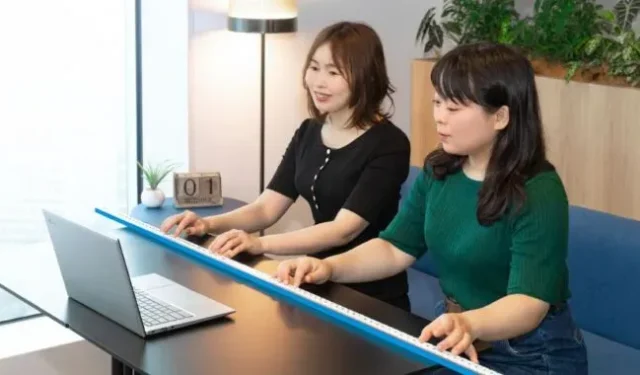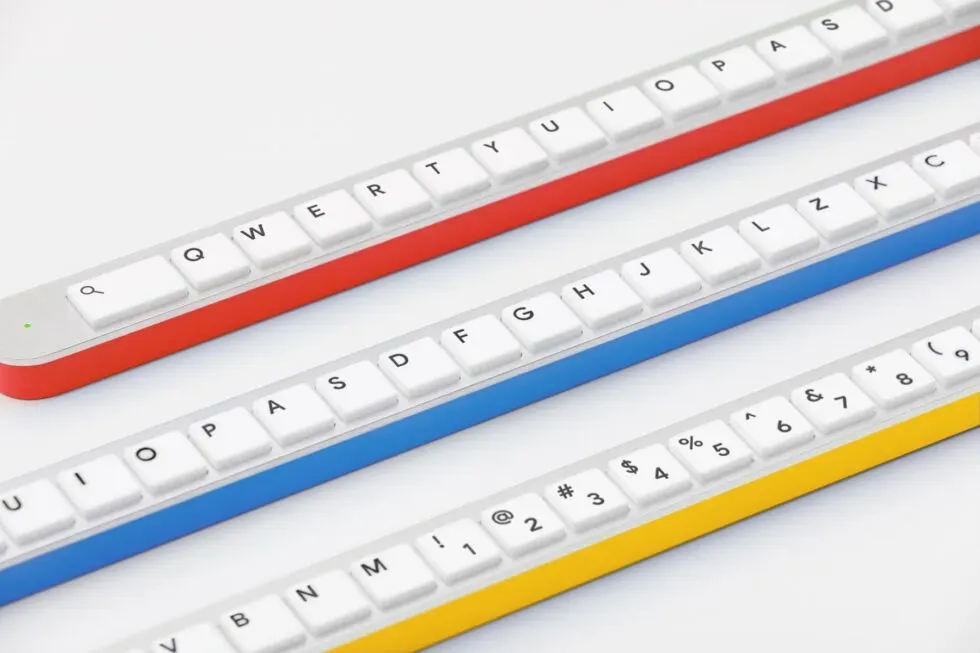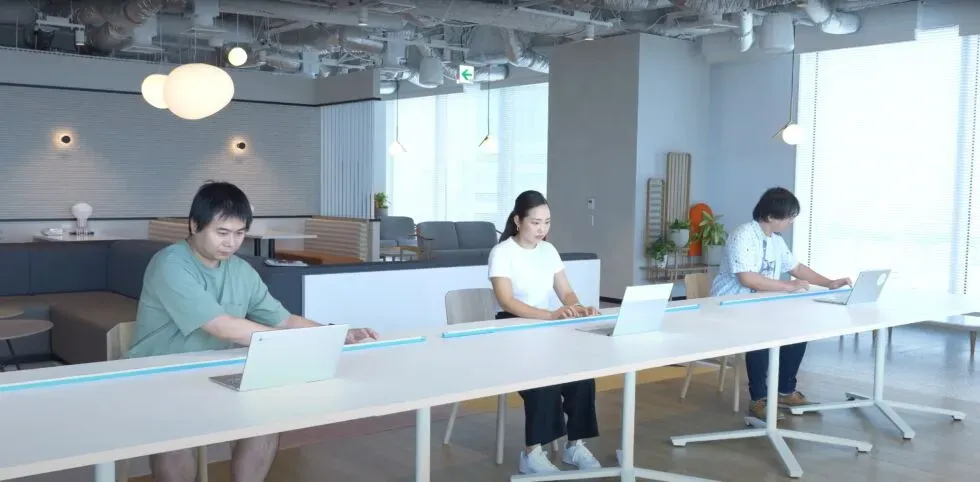Google shows us how to make a 5 foot keyboard

Google Japan has a history of playful keyboard concepts that challenge conventional wisdom about computational input. The latest concept, the Gboard Stick version, places all the keys on the same row, so hunting and pecking can have a more linear approach.
As shown in the Google Japan YouTube video below, it looks like Google Japan actually prototyped the long keyboard. Google won’t mass-produce or sell it, but there are GitHub files available with open-source firmware, schematics, and blueprints for DIY keyboard assembly. The GitHub page discreetly notes that “this is not an officially supported Google product.”Saturday’s Google Japan blog post says you can make a Gboard Stick version with a 3D printer.
In keeping with the design, the keyboard has an extraordinary length of 5.25 feet (1600mm). If you think that’s long, the company said the original prototype was 7.87 feet (2400 mm) long. A total of 17 boards are used in the keyboard, including 16 for attaching keys and a control board.
Google Japan jokingly claims that this form factor is more convenient for cluttered desktops, storage, and finding the right keys while typing. The Google Japan video shows an alphabetic keyboard as the user initiates touch typing by remembering the distance of individual keys from the left margin. Alternatively, it’s “easy”to find, for example, P, knowing that it’s the 17th key from the left (the first key from the left is the search button, not A). Of course, all of this is easier than searching and pecking up, down, left, and right on a traditional keyboard layout.
The Google Japan page for the keyboard also suggests that you can use it with QWERTY or ASCII code layout.

Many of the detailed uses for this one-row keyboard are clearly jokes, from using it to measure your child’s height and drop objects behind a sofa to using it as a cane or “large fixing module”also known as a grid. this turns the keyboard into an error trap in case you run into coding errors (get it?).
But one purported benefit we could actually get is how much personal space the keyboard naturally provides in and out of the office:

Google Japan’s fancy keyboard concepts have been used for years as a way to promote Google’s Gboard keyboard app. Past iterations have included a Gboard Teacup version and a Gboard Spoon Bending version.
Leave a Reply